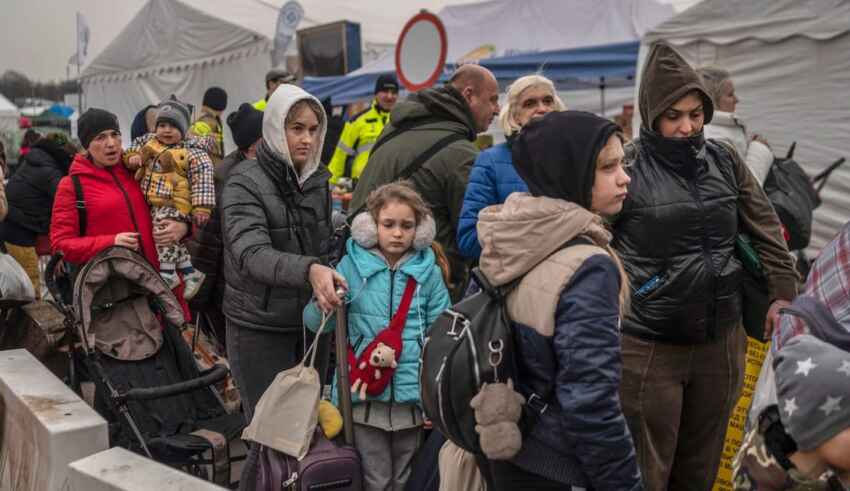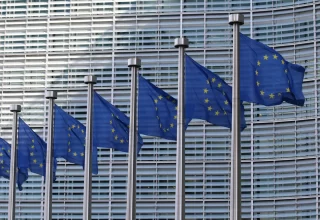
Europe has faced a great influx of migrants in recent years. One of the unforgettable events was in 2015, the Migration Crisis which consequently showed many deaths and human rights violations of refugees. Later in 2022, due to the Ukrainian and Russian war, many people sought refuge within EU states. It is to be remembered how European countries showed high reluctance in supporting refugees coming from Syria following the Arab Spring, rather by the arrival through the sea or from the redistribution of refugees who had to be relocated to other EU countries accordingly. Well known hostility was noticeable by nations such as the Czech Republic, Yugoslavia and Poland who broke EU law by refusing to take asylum seekers and consequently were taken to the European Court of Justice due to their lack of cooperation. The Common European Asylum System(CEAS) at the time had constituted of the EU Temporary Protective Directive, which was meant to activate the temporary and also immediate protection of a large number of people who were displaced and were nationals of a non-EU country. At the time there were multiple justifications to why the directive was not activated. For starters, at that time there was no explicit definition of max influx, the activation of the directive was deemed too lengthy, it was challenging to secure a qualified majority vote and there was a fear of a potential pull factor of migrants to Europe.[1]
However, in 2022 with the Ukrainian asylum seekers, there was a narrative completely different that migrants from this current event were considered Europeans. There is a political influence on the legality of the matter, there should be the effort towards protecting human rights and guaranteeing safety to all that need. In this light, it is a clear form of discrimination that in future times will bring forward the issue of inequality with the CEAS. This showcases a violation of human rights, especially from the EU which is bound to ensure that fundamental rights are protected. It is a fact that the majority of the Ukrainian refugees were hosted by Ukraine’s neighbouring countries and also by EU countries, there is an unequivocal presence of double standards when looking at the matter. There can be claims of xenophobia, islamophobia and racism when handling the arrival of Syrian refugees in 2015 due to this differential treatment that is being seen now.
In order to respect international law, the EU should come up with a strategy that ensures that there is no longer a base for discrimination when it comes to the regime of refugee protection. The migrant crisis is still not over, there are many who want to migrate to Europe as a safer place to live. In order to ensure that the directive does not become what it was mainly feared on becoming, there needs to be a strategy at hand that can avoid a great outburn of the capacity of handling migrants. The system under the Temporary Directive follows the guidelines of international refugee protection, since it has been used it will now look as a tool migrants can rely upon.
The best method would be to ensure that there is a fair treatment of refugees that are third country nationals from Africa, Asia, Europe, etc. The process in which the application is followed could be granted the same extensive checks on how people arrive in the country. Moreover, there should be a full compliance of the solidarity clause followed in the Directive, henceforth the EU should use the Migration Preparedness and Crisis Management Network, in order to be able to exchange information in order to better prepare and allow the exchange of information between the Member States, this furthers harmonisation and cooperation. Furthermore, the temporary protection directive needs to be reformed in a way that it clarifies the importance of geographical location and proximity of EU nations that can provide asylum and the overall political response to migration crisis for instance the case with Ukraine also involved military, humanitarian and economic support, having these incorporarted will provide a better interpretation for member states. As it stands the directive leaves a wide space of manoeuvres on how each EU states understand the directive.
There should be just and equal protection for all, and no discrimination should be faced when seeking asylum.
[1] https://www.asileproject.eu/reasons-for-the-activation-of-the-temporary-protection-directive-in-2022-a-tale-of-double-standards/?utm_source=rss&utm_medium=rss&utm_campaign=reasons-for-the-activation-of-the-temporary-protection-directive-in-2022-a-tale-of-double-standardsBy The European Institute for International Law and International Relations.













